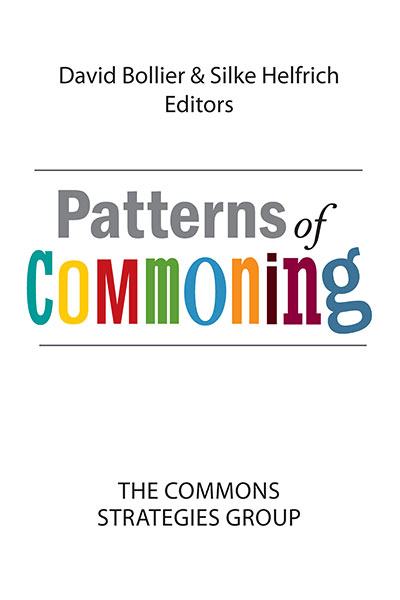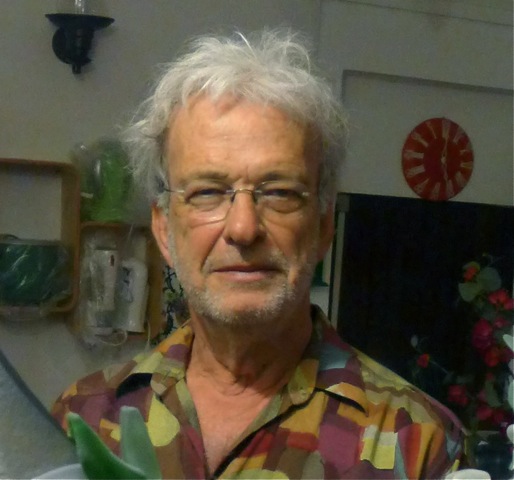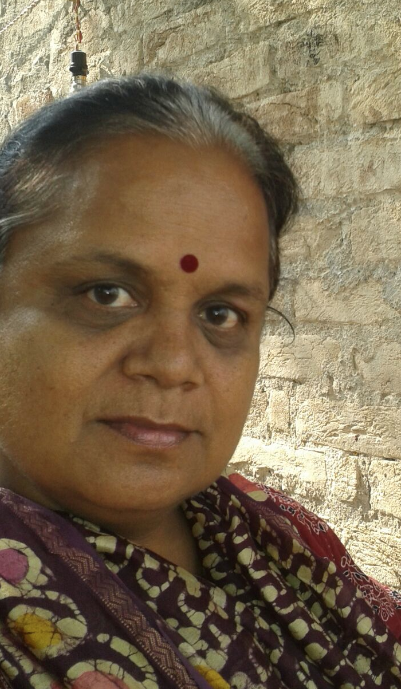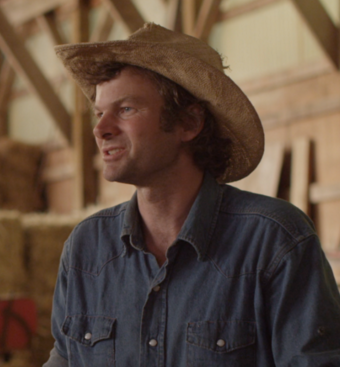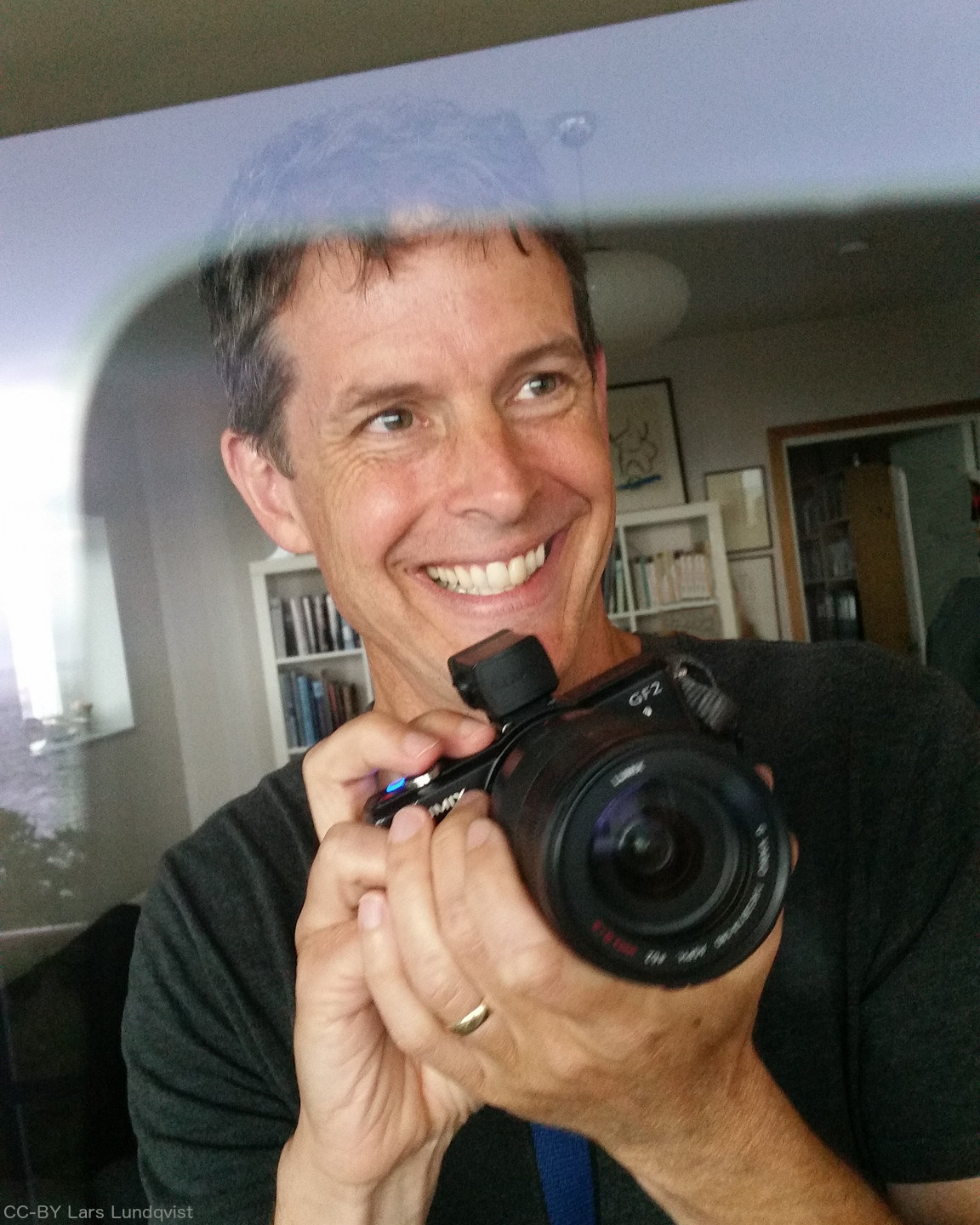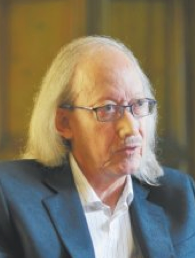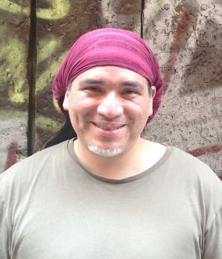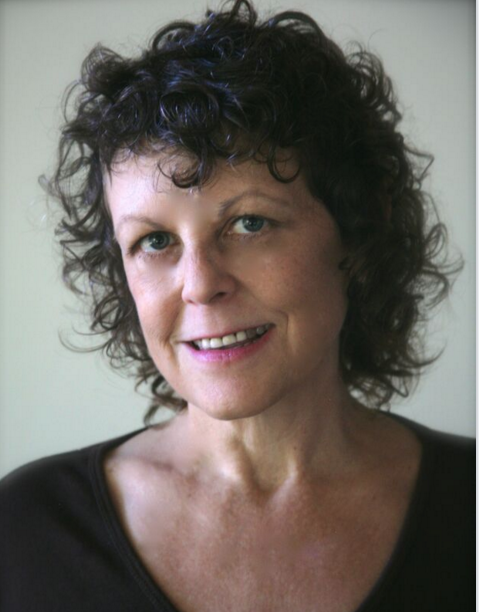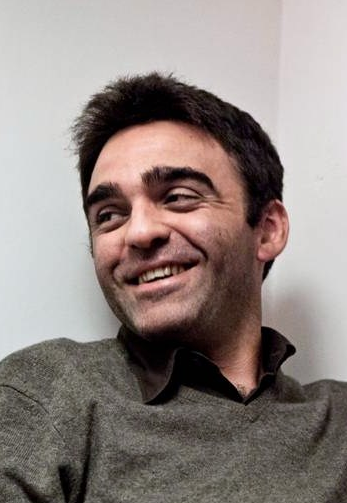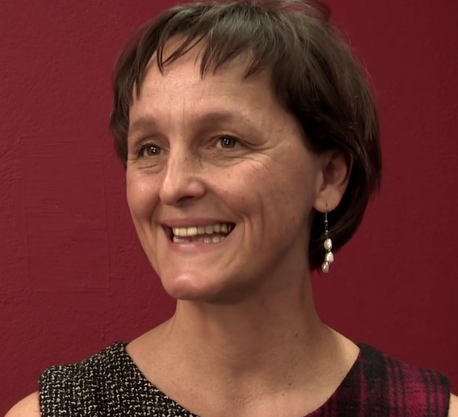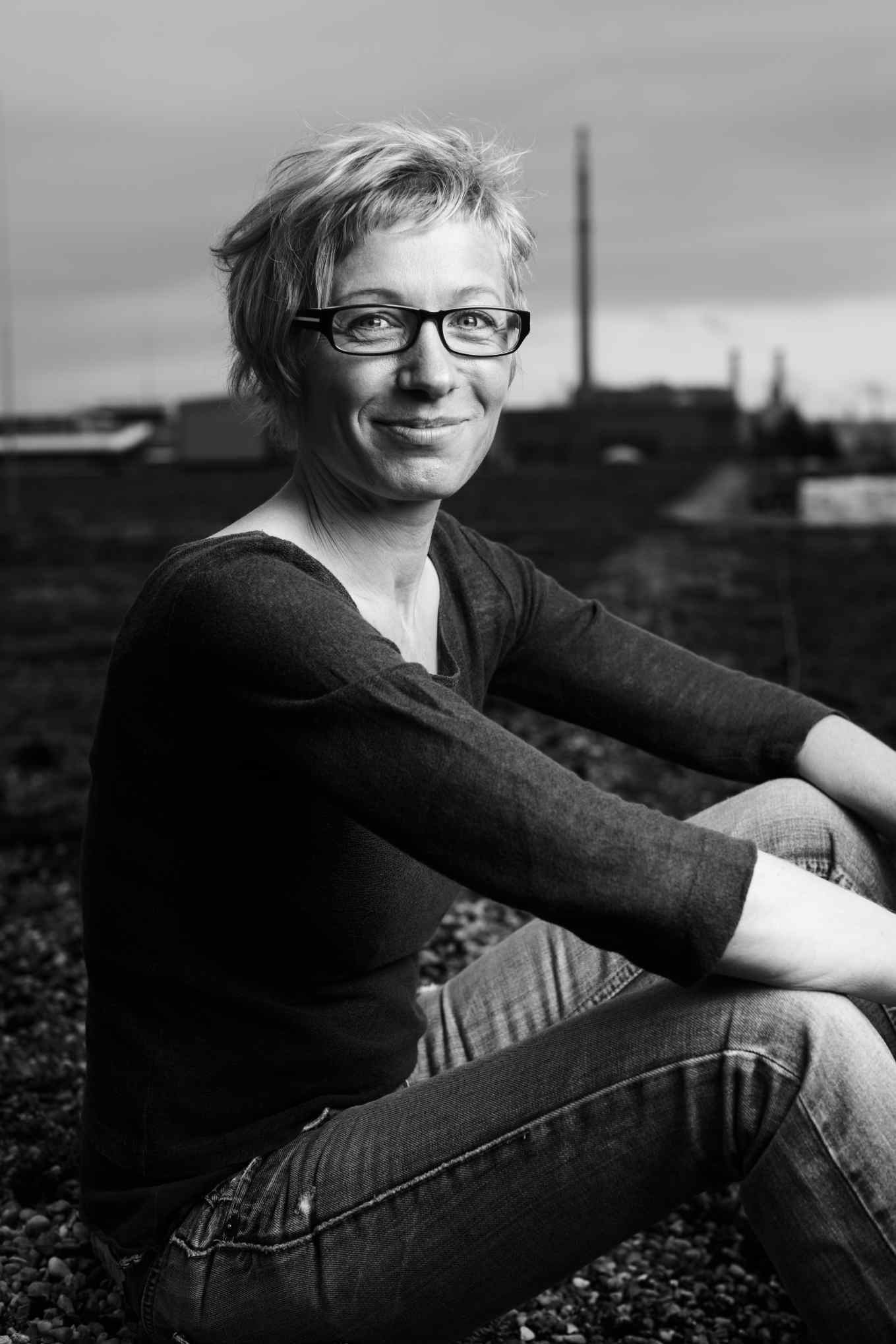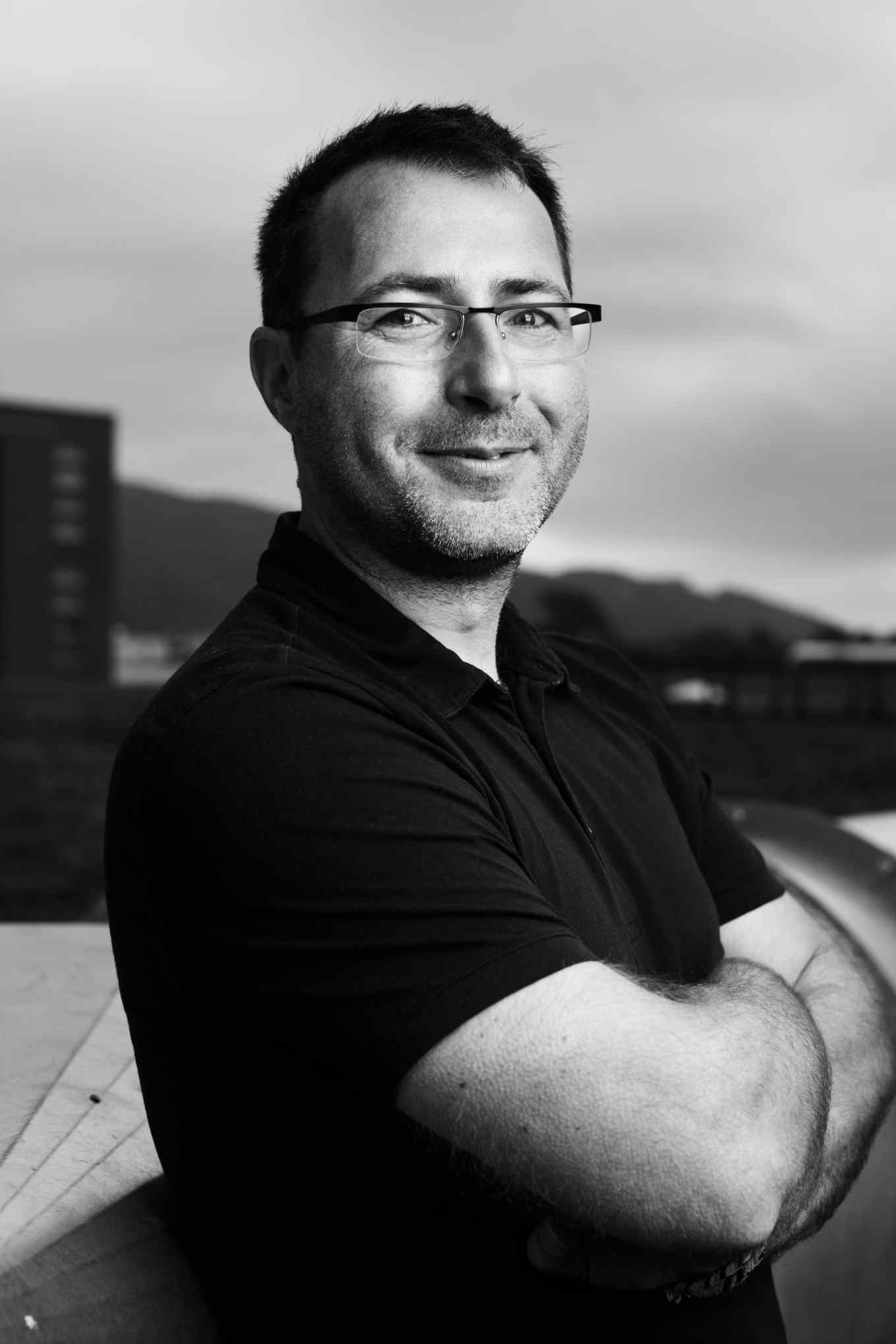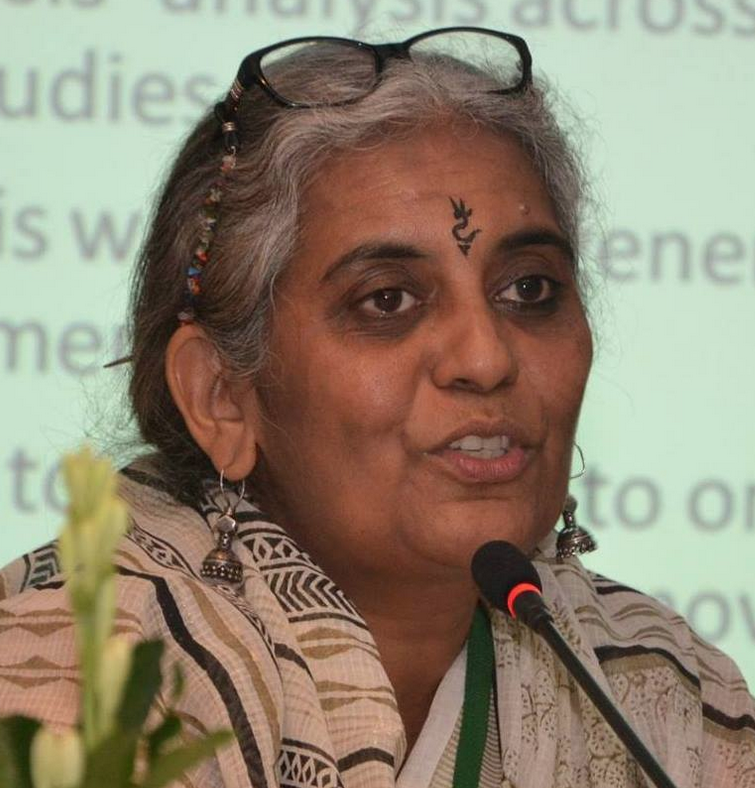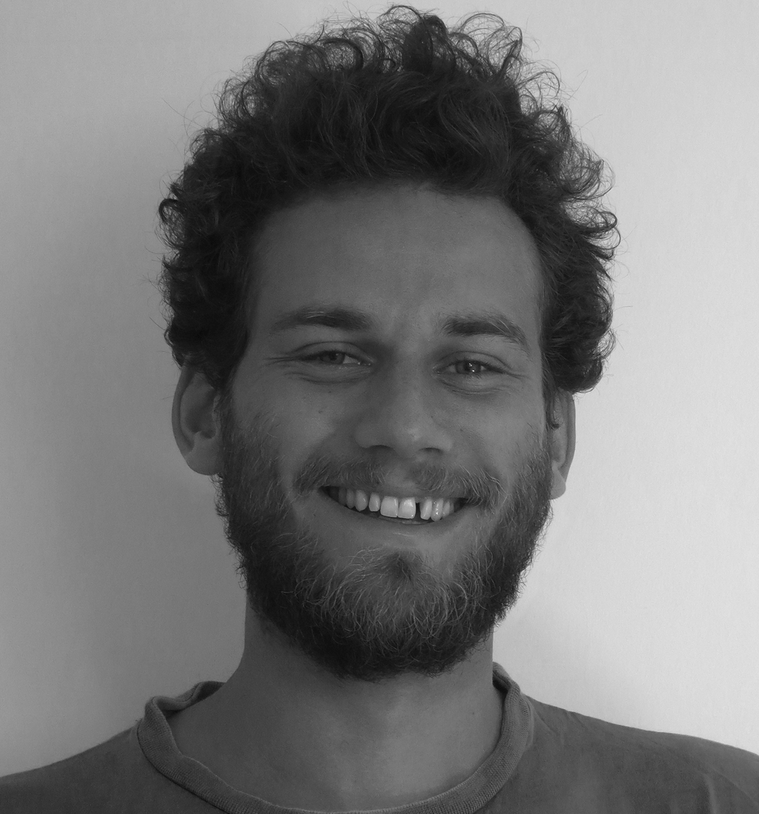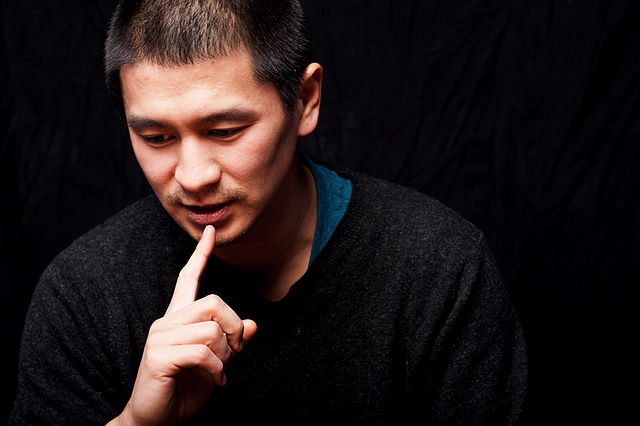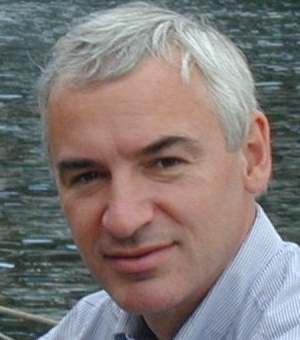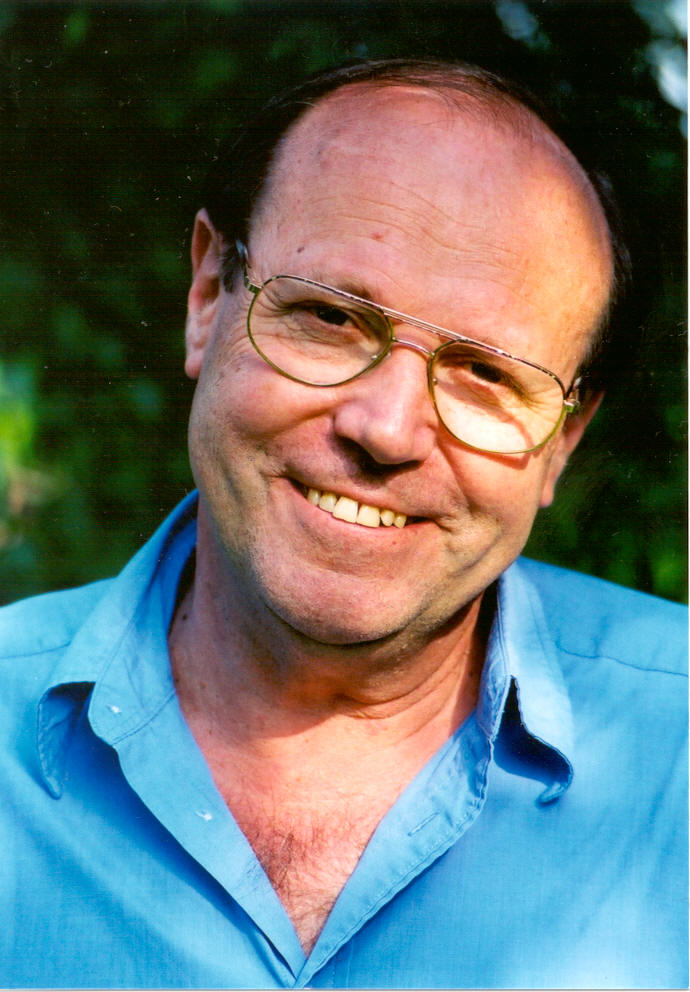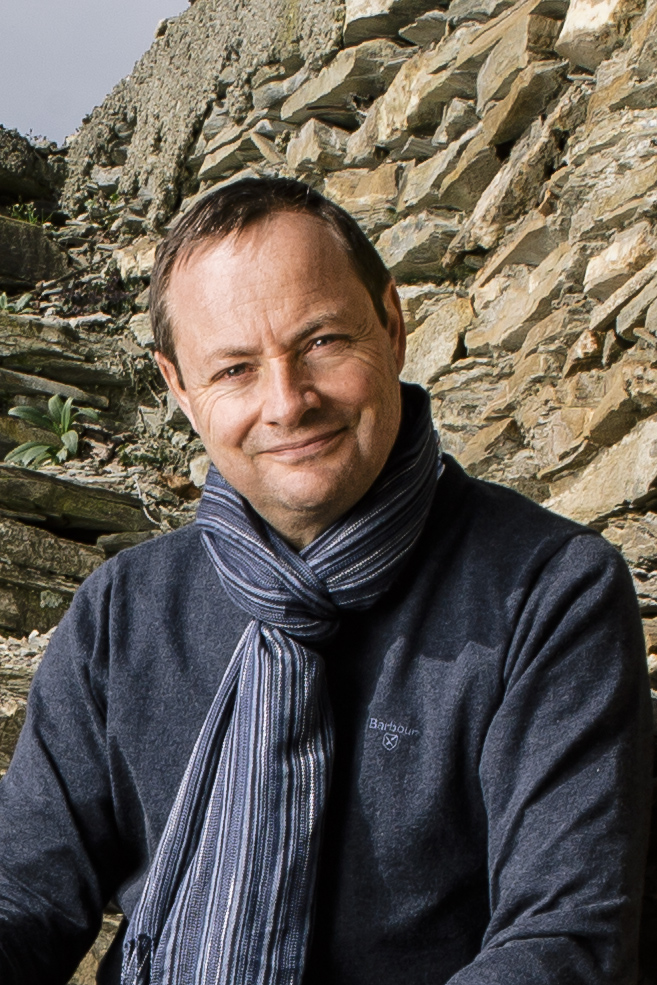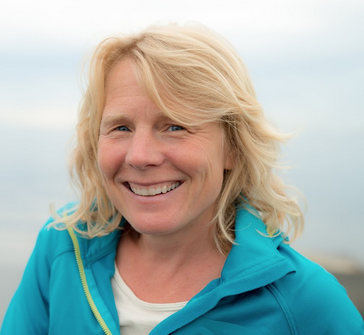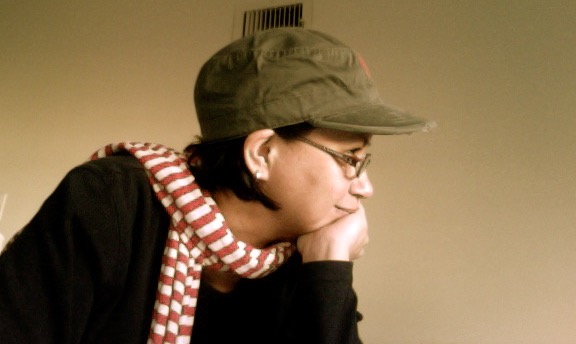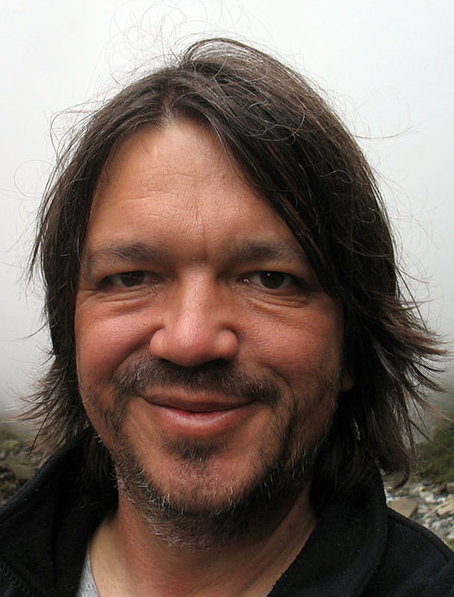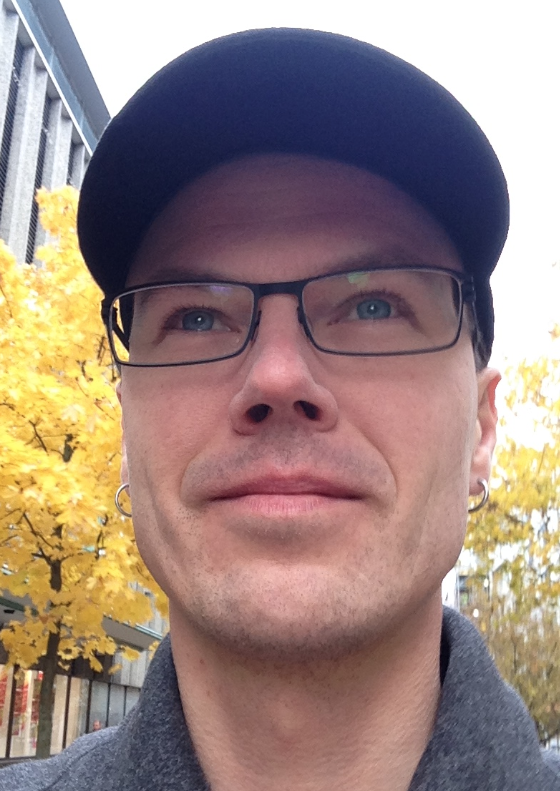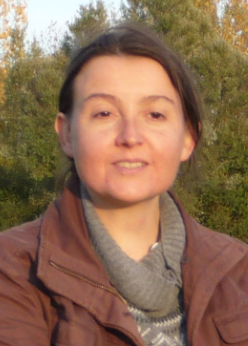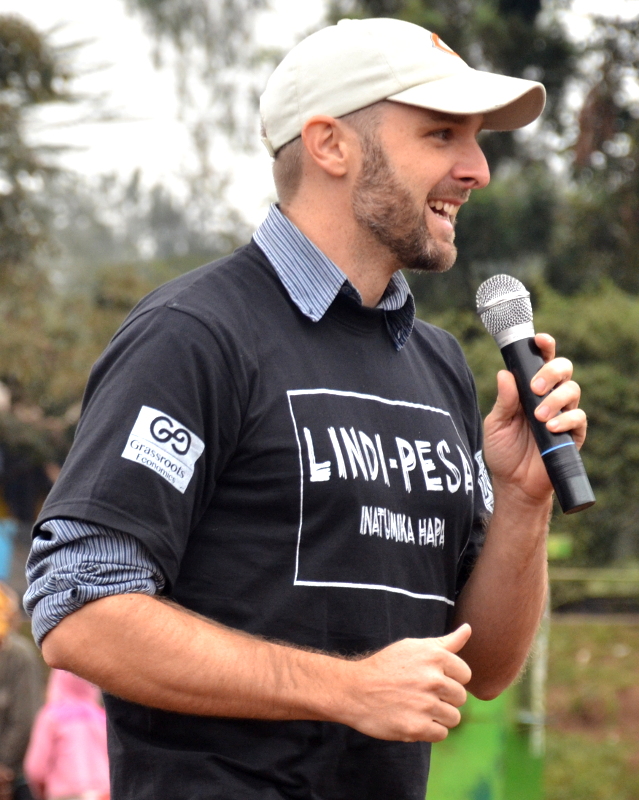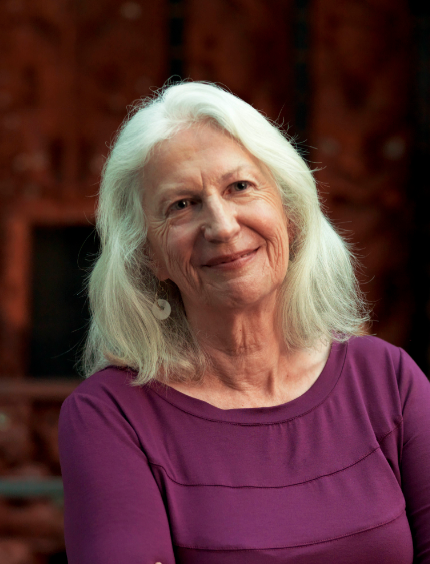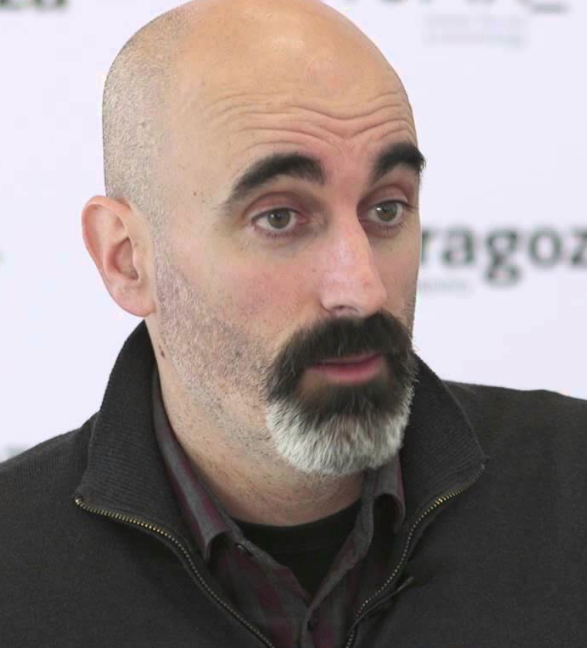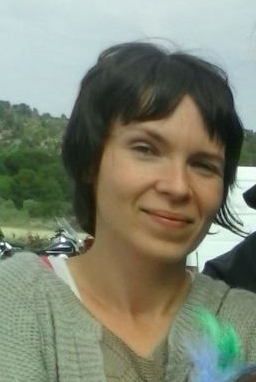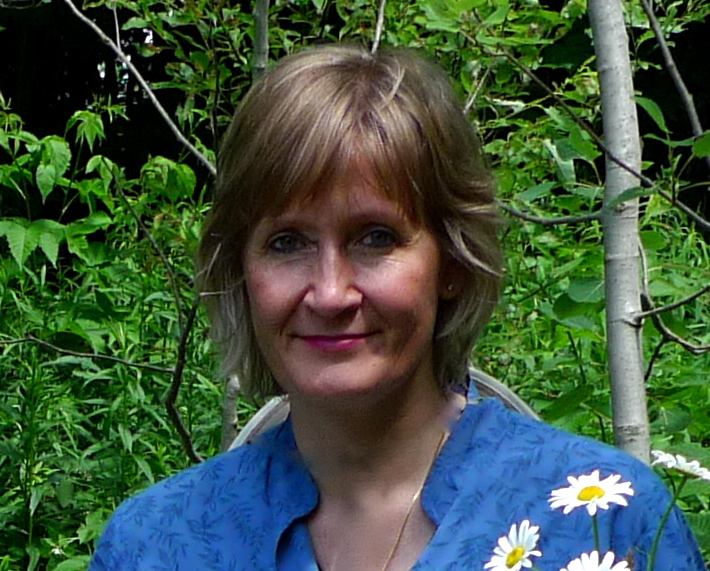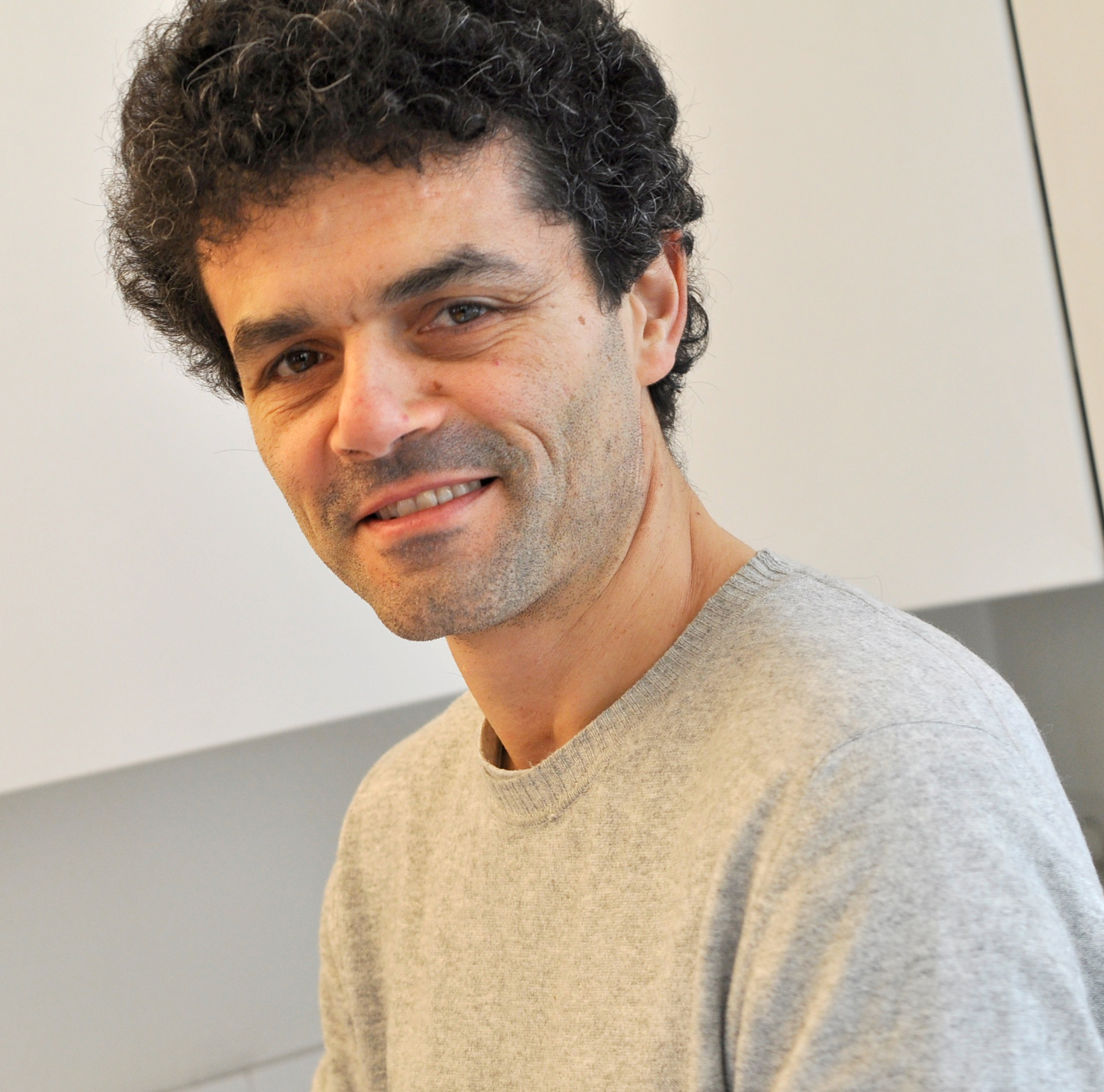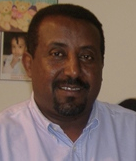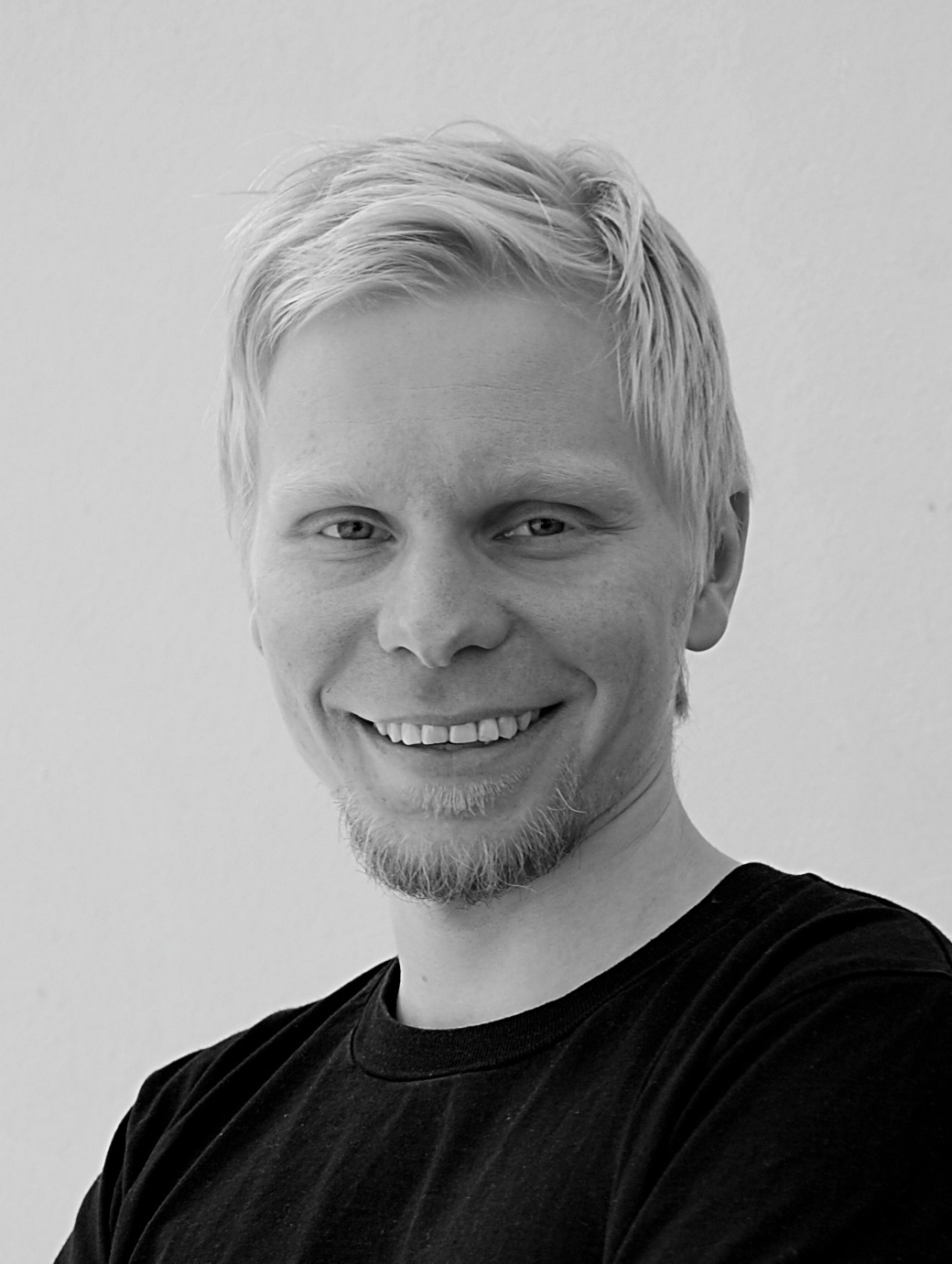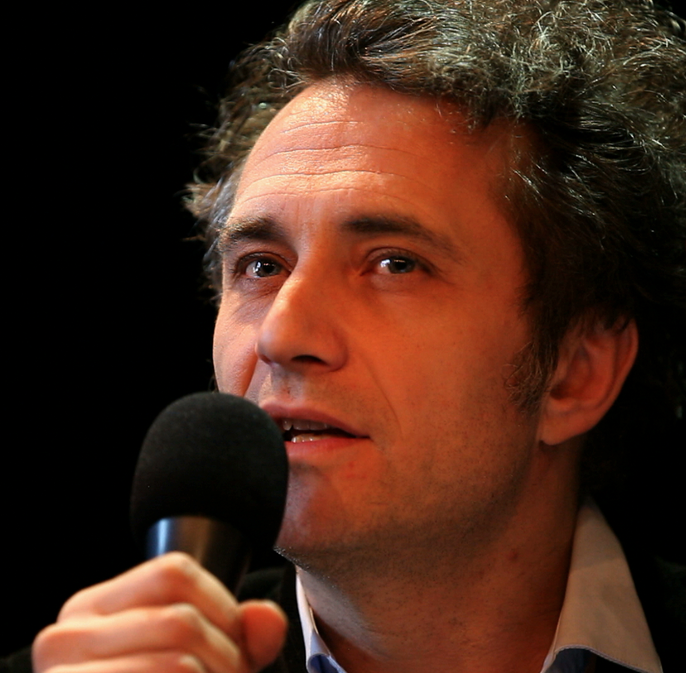Alain Ambrosi (Canada) is a designer and producer of intercultural projects, independent researcher, author, videographer and producer of the Remix The Commons Project.
Patterns of
COMMONING
Water Beyond the State
By Marcela Olivera
Autonomy and horizontality are distinct characteristics of traditional forms of organization in Bolivia. They support an everyday, practical, tangible understanding of what “public” means as well as how to shape a participatory democracy that can exist even without the state and the government. The water committees in the south of Cochabamba, Bolivia’s fourth-largest city, epitomize such autonomous and horizontal structures. In spite of many adversities, their network is still very active, and it has become more visible to the public following the so-called “water war” of 2000, when massive demonstrations stopped the attempts to privatize Cochabamba’s public water supply.
Many people associate this water war with a notion of real democracy. But a war – any war – means violence, a waste of energy and resources, deaths, and strife; in contrast, democracy (as we know it in the West) is supposed to avoid all this. The water conflict was not only a struggle to defend resources; it was part of a larger, historical struggle of Bolivian women and men to secure the right to make decisions about their own affairs through autonomous and horizontal procedures. The conflicts of the water war, then, were an expression of the urgent and repeatedly postponed desire for real democracy.
In September, Cochabamba’s Municipal Drinking Water Supply and Wastewater Management System (Servicio Municipal de Agua Potable y Alcantarillado de Cochabamba, SEMAPA) was sold to the corporation Aguas del Tunari, whose largest shareholder was the US construction and project management company Bechtel. The sale must be understood in the context of the long-term structural adjustment programs that the World Bank and the International Monetary Fund have imposed on Latin America – including Bolivia – since the mid-1980s. These programs have facilitated the sale of common assets to private investors and corporations.
Following the privatization of Cochabamba’s water system, the people living in the Cochabamba Valley saw excessive price increases; the cooperatives and the water committees actually managed the water, but they did not have state concessions to do so. That meant that Aguas del Tunari was able to sue them on the grounds of illegal competition and even take over the committees’ administrative structure. These dismal realities were the reason why the “Coordination for the Defense of Water and Life” (Coordinadora de Defensa del Agua y la Vida), popularly known as the “Water Coordination” (Coordinadora del Agua), was established. After several months of negotiations with the government and confrontations with the army, the Coordinadora succeeded in driving out Aguas del Tunari.
Many things came to light only as a result of this water war in 2000 – for instance, the countless forms of organization, including the Cochabamba water committees, that are not supported by structures of Western democracy. Since the clashes at the beginning of the millennium, these committees have played a very important role in the work of the Water Coordination, together with the other population groups actively involved in the struggles.
Although the Cochabamba water committees are based mostly in the southern part of the city, they do exist throughout the urban periphery. Half the city’s population – more than 200,000 people – lives in the southern part of the city, which is divided into six districts. In this area alone, there are between 100 and 120 water committees; according to Stefano Archidiacono of the nongovernmental organization CeVI, there are 400 more across the entire city. In other words, this is a remarkable phenomenon of social participation: thousands of people organizing themselves to manage their water supply.
While two structures in Bolivia rarely function in precisely the same way, it is still clear that the water committees share the same basic commitment to water as a living being, as something divine, as the basis for mutuality and complementarity. Water is considered a being that belongs to everyone and no one. It is the expression of the greatest possible flexibility and adaptability; it helps nature to constantly create and transform life. Without it, social reproduction would be impossible. Accordingly, this understanding as well as the customs and traditions of the communities are mirrored in the ways in which the water committee meetings are conducted; they serve as a vehicle for forming urban communities similar to those in rural areas.
In the past, the water was distributed in different ways in Cochabamba. Even though in the city itself, the urban water utility was the main supplier, almost two-thirds of Cochabamba’s urban districts or neighborhoods drew water directly from rivers, wells or rainwater collection systems. In some neighborhoods, the residents pooled money to establish their own water supply systems and to secure their operation and maintenance. Other communities fall back on cisterns or even private supply systems in large containers as a kind of water truck. The emergence and the success of these commons provide people with the opportunity to decide for themselves how the water is obtained – whether and where cisterns are built, a well is drilled, or (partial) connections to the municipal water supply are desired.
The origins of the autonomous practices used by the water committees today can be traced back to the Inca empire. They are hardy social norms that outlived the colonial period. For this reason, the committees are often understood as a kind of modernized communitarian practice. In an article, “The State and Autonomy in Bolivia: An Anarchist Interpretation,” published by Bolpress, Carlos Crespo explains this understanding of autonomy: “It is not an ideal that is to be achieved, but rather a daily practice of the ethnic groups, communities or user groups” (Crespo 2001). These horizontal processes have always been the social and political practice when dealing with the state and the powers governing at any particular time: since the days of the Incas, all through the colonial period, during the republic, as well as today in the plurinational state of Bolivia. That is also the message of a manifesto published by factory workers during the Cochabamba water war: “Neither public nor private. Managed by the people themselves!”
The water committees represent a vision of autonomy and independence from the state; this is also linked to the fact that they are established in the so-called poverty belts at the city’s edges. Farmers who have settled there and have brought their Andean tradition (known as ayni) of working in turns and in solidarity to their new urban communities, encounter miners who live there. They have brought their organizing experience to the local communities in these neighborhoods forgotten by the state.
The water committees are also a product of self-empowerment and effective processes of autonomy. They are based on practices recognized neither by the state nor by the international community – and that need no recognition in order to exist. The members of each community distribute among themselves the roles and tasks that have to be shared to supply each neighborhood with water. The committees network with one another, and they exchange information about their strategies for action in order to learn from each other. They do not organize in opposition to the public utilities, but for their competence to decide for themselves how and to what extent they want to be connected to the public supply systems. They are a genuine expression of the autonomous shaping of a political community.
How does that work in practice? During a meeting in 2008, a neighborhood in the south of Cochabamba decided to find out the best way to bring water to their area. They collected their knowledge and their insights and then discussed whether it would be better to urge the local municipal company to lay pipes for their neighborhood or to build a huge cistern themselves and to negotiate a fixed-price contract with a private water tank company so that it would be full at all times.
The water committees always approach and solve the most important social questions at the level of the community (comunidad), which is why they have a different perception of social movements than the state, which tends to present them as merely making demands on the state. People organize in the committees in order to take their own matters into their own hands, not to ask the government for favors. They organize in other areas besides water, too. Even if water concerns were the catalyst for establishing the water committees, they also deal with many other issues, such as individual members’ well-being, community security, parties, soccer and more. One committee member explained it in these words: “When someone dies, we sit down and think about how we can make a donation to the family, or at the end of the year, we present each committee member with a basket of everyday consumer goods. During our meetings, we also talk about private matters” (Zeballos 2013). The water committees are so independent in their actions that in some places, they are called “zones liberated from the state.” The people do not organize in order to make demands on the state or to negotiate their rights, but in order to determine and shape the conditions of their own lives themselves.
The current situation in Bolivia is complex, and the numerous water committees are reaching both technical and financial limits. Their negotiations with the state on questions of their autonomy are often full of obstacles. The technical problems concern everyone in their processes of organization and consolidation, which is why there are very deliberate reflections on such issues, including discussions of the community’s own limits. An example of this is Gastón Zeballos, a leader of the committee of San Miguel Km 4, participating in the first international meeting of water management organizations from Uruguay, Colombia, and Bolivia (URCOLBOL) in Montevideo in October 2013. During this meeting, the Bolivian participants were more interested in technical questions such as chlorination, drinking water purification and wastewater treatment than in any other topic. As Gastón Zeballos explains, “We are interested in the technical aspects mostly because we have the social aspects under control. In our committees, we have active participation and equal rights, social control and rotation. What we’re lacking is the other part.”
By that, Zeballos means money, especially when indispensable projects are on the agenda that are absolutely beyond the committees’ own means, such as investing in sewer systems in the areas for which the individual committees are responsible. Such projects require support and investments by the state, a form of support that must manifest itself in the will to respect the autonomy of the water committees and their specific view of what the community in question needs. That implies actually making the investments in water supply and water management available and affordable for all, rather than benefiting a specific constituency, especially during the political campaign season.
When Evo Morales became president in 2006, it was hoped that his government would strengthen and broaden the social movements’ autonomy and their processes of self-organization. The opposite was the case. The state expanded its sphere of influence, including in water management, increasingly intervening in matters that were previously beyond its reach, resulting in a highly centralized political and technical administration. The most recent water management laws give the state the power to intervene in the communitarian systems – which it previously did not recognize – and to make decisions about them.
In the Convention on the Right to Water,1 which the Bolivian government put forward at the United Nations, and the Declaration on the Rights of Mother Earth, the Morales government gave nature the status of a bearer of rights, simultaneously creating a “rights” framework that transfers the responsibility and power over water management from the people affected to the state. Although these efforts were widely applauded internationally, and Evo Morales is considered a pioneer concerning environmental reforms, it is precisely this strategy that weakened the forces of self-government. The traditional forms of management are rendered null and void, and anyone needing access to water can only turn to the state or appeal to laws and courts.
The water committees are faced not only with technical and economic challenges, but must also deal with the attempts by the state to co-opt them. Yet their success to date shows that Bolivians organizing on an equal footing with one another have retained their ability to manage their common resources autonomously. They have also established their own counterpowers and a concept of democracy seeking to maintain existing structures.
References
Crespo, C. 2001. Estado y autonomía en Bolivia, una interpretación anarquista, bolpress.com, https://www.bolpress.com/art.php?Cod=2011041902
Zeballos, G. Interview with the author, August 2013.
This essay is based on an article that originally appeared on the North American Congress on Latin America website, Fall 2014.

Marcela Olivera (Bolivia) is a water commons organizer in Bolivia and Latin America. After graduating from the Catholic University in Cochabamba, Bolivia, she worked for four years in Cochabamba as the key international liaison for the Coalition for the Defense of Water and Life, the organization that fought and defeated water privatization in Bolivia. Since 2004 Marcela has been developing and consolidating an inter-American citizens’ network on water justice named Red VIDA.
